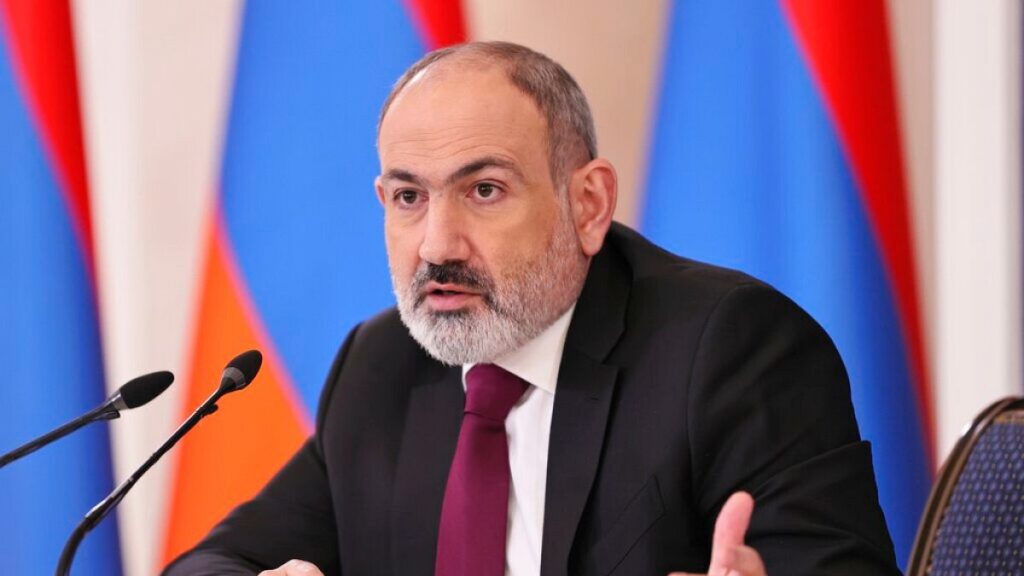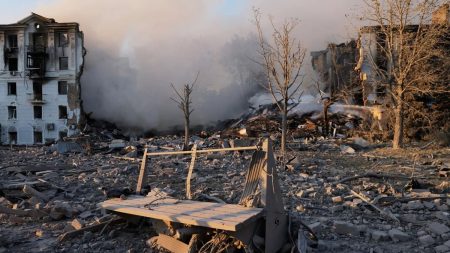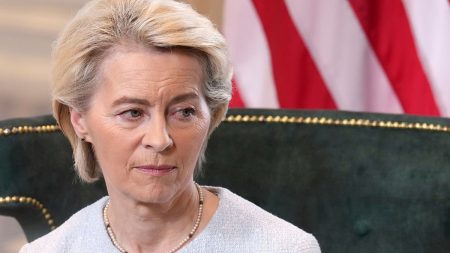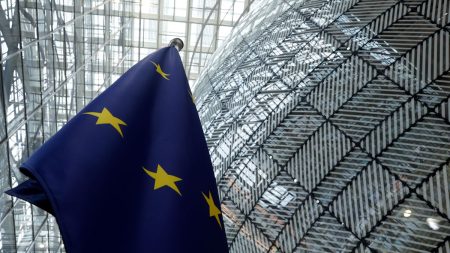Armenia’s pursuit of European Union membership marks a significant geopolitical shift, signaling a growing desire to align with Western institutions and potentially distance itself from its historical ties with Russia. This aspiration, formalized through a government-endorsed draft bill, sets in motion a complex and potentially lengthy process, requiring parliamentary approval and a public referendum. Prime Minister Nikol Pashinyan has cautioned against expectations of rapid accession, acknowledging the numerous hurdles that lie ahead. This move underscores Armenia’s evolving foreign policy orientation, which has seen increasing engagement with the West in recent years. Concurrently, Armenia’s Foreign Minister has hinted at the possibility of a new partnership agreement with Brussels, potentially encompassing visa liberalization, further solidifying the country’s westward trajectory.
The Kremlin, while acknowledging Armenia’s sovereign right to pursue EU membership, has highlighted the inherent incompatibility of such a move with Armenia’s current membership in the Eurasian Economic Union (EAEU), a Russian-led economic bloc. This underscores the delicate balancing act Armenia faces as it navigates its relationship with both the West and Russia. Moscow’s assertion that EAEU membership benefits Armenia hints at the potential economic and political ramifications should Armenia choose to prioritize EU accession. The Kremlin’s seemingly accepting stance, however, may mask underlying concerns about losing a key ally in the South Caucasus.
Armenia’s path to EU membership is fraught with challenges, reflecting the complex geopolitical landscape of the region. The country’s landlocked position, coupled with its economic dependence on Russia and the presence of a Russian military base on its territory, presents significant obstacles. These factors add layers of complexity to the accession process, which even under ideal circumstances is a protracted and demanding undertaking. Furthermore, the EU’s own internal dynamics and priorities will influence the pace and feasibility of Armenia’s membership bid.
The experiences of the Baltic states—Estonia, Latvia, and Lithuania—the only former Soviet republics to successfully join the EU, offer both inspiration and cautionary tales for Armenia. While their eventual integration demonstrates the possibility of transitioning from Soviet influence to EU membership, their journeys were also marked by substantial political and economic reforms. Armenia’s unique circumstances, including its unresolved conflict with Azerbaijan over Nagorno-Karabakh, further complicate its prospects, potentially requiring delicate negotiations and compromises both within the EU and with neighboring countries.
The potential benefits of EU membership for Armenia are substantial, including access to the EU’s single market, increased foreign investment, and strengthened democratic institutions. However, these potential gains must be weighed against the potential costs, including the economic and political repercussions of distancing itself from Russia. The decision to pursue EU membership represents a strategic gamble for Armenia, with the potential for significant rewards but also considerable risks.
The coming years will be crucial in determining the trajectory of Armenia’s EU aspirations. The government’s ability to navigate the complex political landscape, implement necessary reforms, and garner public support will be critical factors in determining the success of its bid. The EU’s response to Armenia’s overtures, influenced by its own strategic interests and internal dynamics, will also play a decisive role. The unfolding of these events will have profound implications for the geopolitical balance of the South Caucasus and the broader relationship between Russia and the West.














